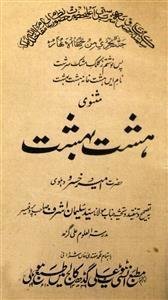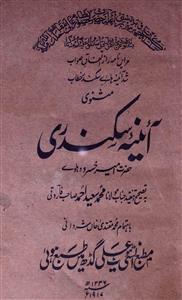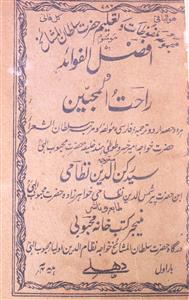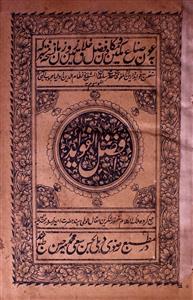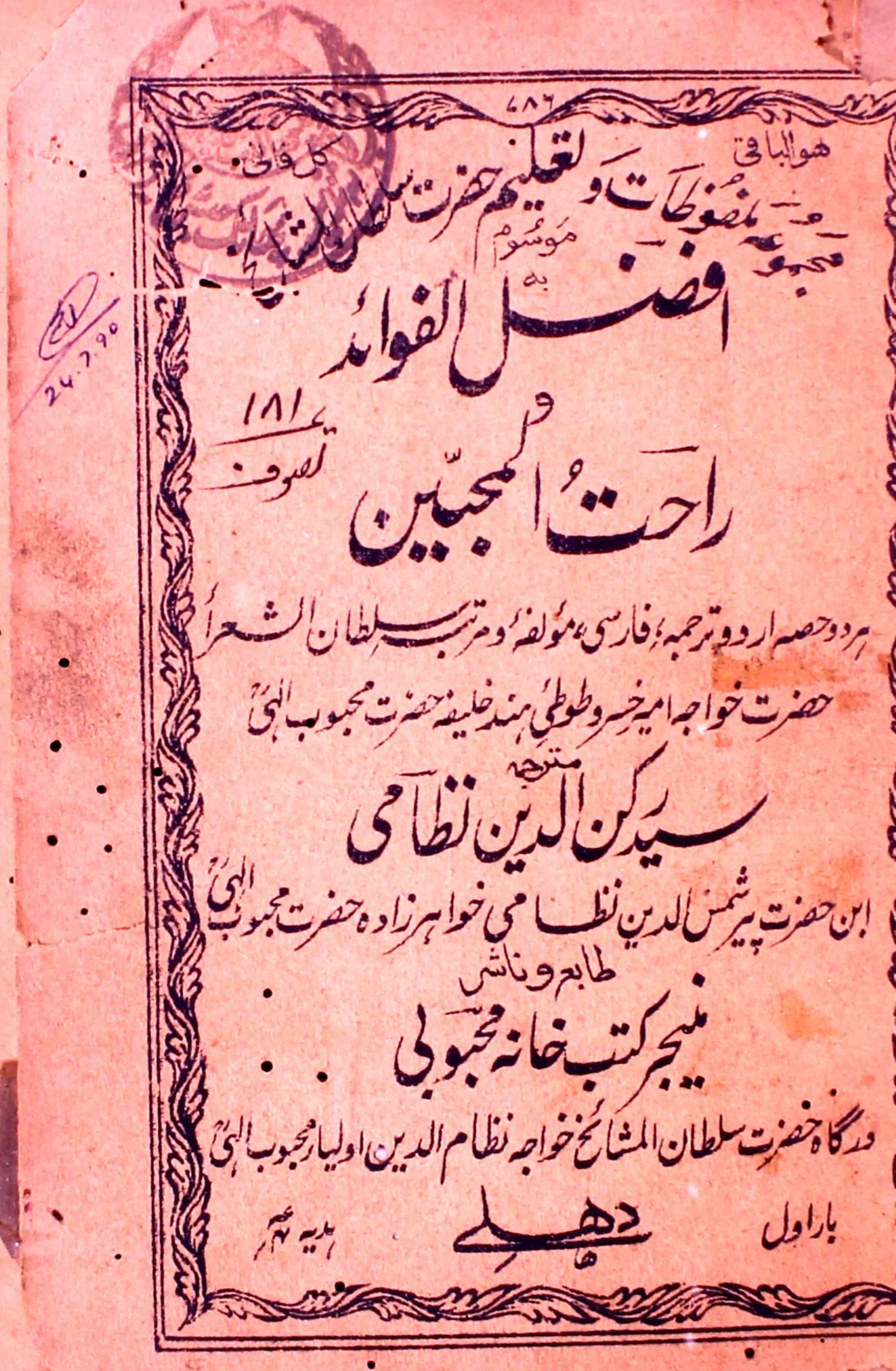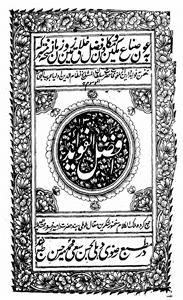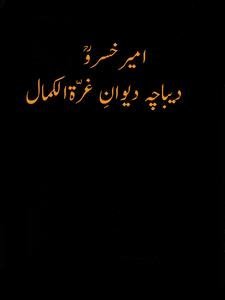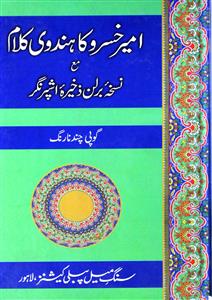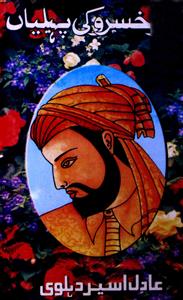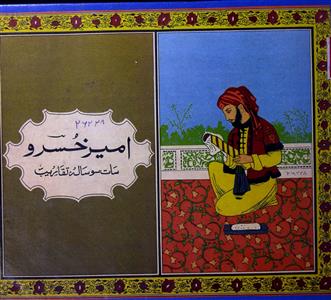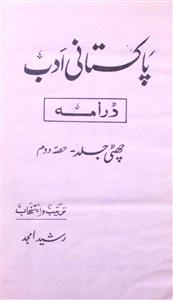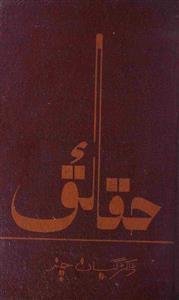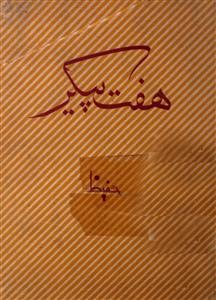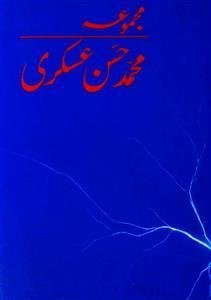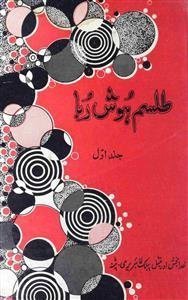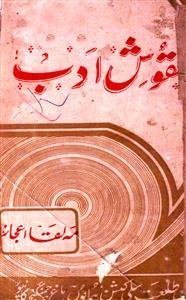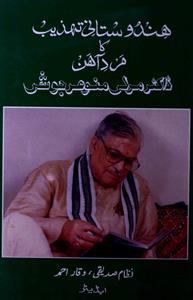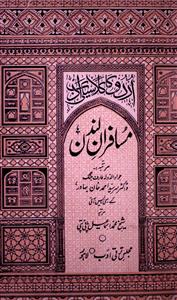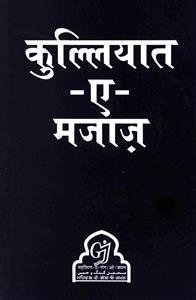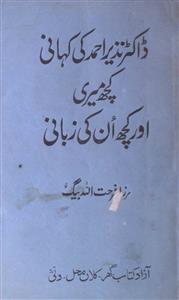 For any query/comment related to this ebook, please contact us at haidar.ali@rekhta.org
For any query/comment related to this ebook, please contact us at haidar.ali@rekhta.org
About The Book
ہشت بہشت فارسی زبان کی ایک مشہور مثنوی ہے جسے امیر خسرو نے سنہ 1302ء کے آس پاس قلم بند کیا۔ یہ مثنوی بھی خسرو کی خمسہ میں شامل ہے درحقیقت اس مثنوی کی بنیاد نظامی گنجوی کی ہفت پیکر ہے جو سنہ 1197ء کے آس پاس معرض وجود میں آئی تھی اور خود ہفت پیکر بھی فارسی زبان کے شاہ کار رزمیہ شاہ نامۂ فردوسی کے خطوط پر مبنی ہے۔ فردوسی نے اپنے اس شاہ کار کو سنہ 1010ء کے قریب تصنیف کیا تھا۔ نظامی کی ہفت پیکر کی تقلید میں خسرو نے بھی اپنی اس مثنوی میں بہرام گور پنجم کی افسانوی داستان کو موضوع بنایا ہے اور الف لیلہ کے اسلوب میں سات شہزادیوں کی زبان سے متعدد لوک کہانیاں پیش کی ہیں۔ مثنوی ہشت بہشت کے بہشت دوم میں جو کہانی مذکور ہے اس کا ترجمہ مغربی زبانوں میں بھی ہوا اور اس کے متعلق مشہور ہے کہ امیر خسرو پہلے مصنف ہیں جنہوں نے سراندیپ کے تین شہزادوں کے کردار متعارف کروائے اور اونٹ کی مبینہ چوری اور بازیابی کی کہانی لکھی۔ اس مثنوی میں آٹھ بہشت کا جو تخیل پیش کیا گیا ہے وہ جنت کے اسلامی تصور کے عین مطابق ہے، جس کے آٹھ دروازے ہیں اور ہر دروازے پر انتہائی بیش قیمت پتھر جڑے ہوئے ہیں۔ان آٹھ میں سے سات بہشت تفریحی عمارتوں،گنبدوں پر مشتمل ہیں جو بہرام کے علاجِ قصہ گوئی کے لیے تعمیر کیے گئے ہیں۔ مثنوی میں خسرو نے آٹھوں بہشت کے طرز تعمیر اور نقشوں کا بھی ذکر کیا ہے۔ زیر نظر مثنوی، طلباء و قارئین کی سہولت کے لئے آسان، مفصل اور مشرح کرکے شائع کی گئی ہے۔ جس میں مثنوی کے ایک ایک جز پر طویل گفتگو کے علاوہ، شاعری اور خسرو کی شاعری پر بھی معلومات فراہم کی گئی ہے۔
About The Author
Abul Hasan Yaminuddin, better known as Amir Khusrau (1252-1325) after being decorated with the title of Emir by one of his patrons, had the unique distinction of being a soldier, courtier, sufi, poet, litterateur, and music maestro. Although the details of his life and works remain uncertain to a considerable extent, we have much that help us construct his figure in various avatars that he richly represented. It has been generally agreed upon that after suffering the onslaughts of Chengez Khan, his father, a Turk chieftain, migrated to India during the reign of Shamsuddin Altamsh who gave him a high position in his army. Khusrau was born in Patiali in Etah district of Uttar Pradesh where his father had settled. While he was still eight years old, his father was killed in an army action after which his mother brought him to Delhi to live with his maternal grandfather who also passed away when he was only twenty years old. An extremely intelligent and resourceful person who honed many skills of poetry and courtly manners, he did not find it difficult to seek his source of sustenance when he was left on his own to do so. Khusrau had a unique distinction of serving with many princes, chiefs, and emperors like Malik Alauddin Kashlu Khan alias Malik Chhajju, Bughra Khan, Khan Mohammad, Sardar Hatim Khan, Kaikobad, Jalaluddin Firoze Khilji, Alauddin Khilji, Qutbuddin Mubarak Shah, Gheyasuddin Tughlaq and Mohammad Tughlaq. Even while he held high positions in several courts, he remained a devoted disciple of Hazrat Nizamuddin from whom he sought his spiritual strength, and at whose feet he lies buried.
Khusrau was a very prolific author and poet of rare distinction. He is widely respected as a Persian, Hindavi, and Rekhta poet who evolved a unique diction and an inimitable language, beyond the apbhransha, for his literary expression. He assigned a new role to human speech which is evident from the astounding variety of nearly a hundred works he produced in poetry and prose that broadly include several divans, mathnawis, treatises, and other compositions. Even though the number of his works cannot be ascertained for sure, nor can the authenticity of works ascribed to him be determined with any confidence, he remains an iconic poet on account of the works available from different sources. Moving beyond literature, Khusrau also made his contribution to music. He created ragas, developed khayal, tarana, qaul, and qawwali, as also invented tabla and sitar, the two instruments that clearly distinguish and characterise Indian music from others. Khusrau is extremely remarkable for defining the various forms and genres of literature and arts as the domains where the sublime and the plebeian could meet together and complement each other. He wrote on a variety of subjects that include patriotism, liberalism, integration, folk life, and the catholic values of living that emerge with a fine blending of social norms and cultural practices, as well as dialects and dictions.
 For any query/comment related to this ebook, please contact us at haidar.ali@rekhta.org
For any query/comment related to this ebook, please contact us at haidar.ali@rekhta.org
